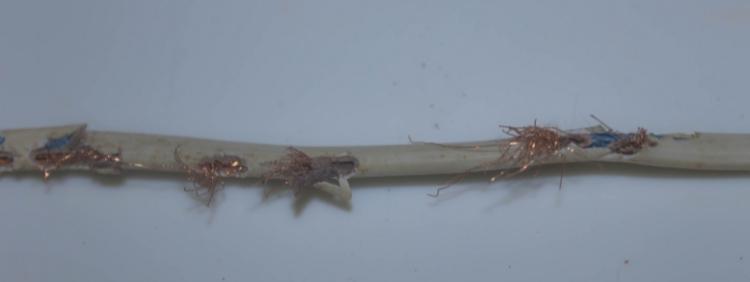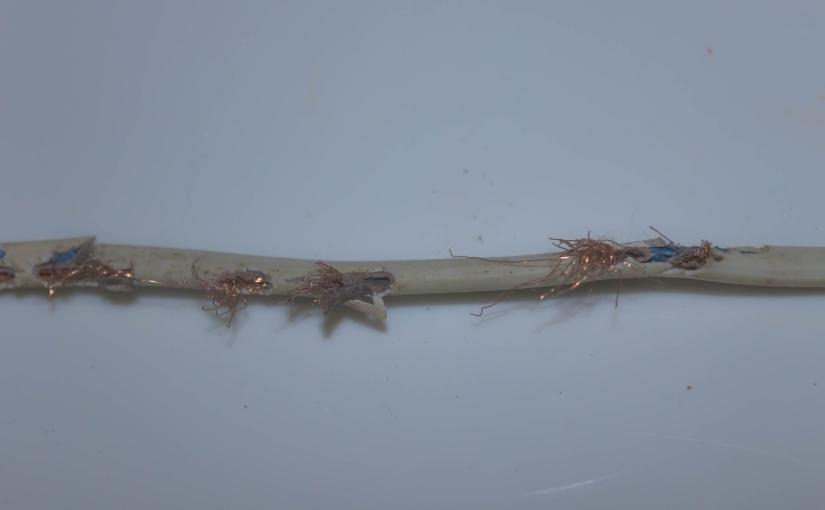
Aside from health risks, a rat infestation can lead to cosmetic and even structural damage to your home while leaving unpleasant odours. Rats, like all rodents, are also prolific breeders. This is why it is a wise idea to have a professional rodent inspection when you observe signs of an infestation.
Rats in Canada
Many people are surprised to learn that rats are not native to the Western Hemisphere. These creatures arrived in North America aboard cargo vessels arriving from Europe and Asia during the 18th and 19th Centuries; today, rat species are found on every continent of the world except Antarctica.
Canada is home to two rat species: the ship rat, or black rat, and the aptly-named wharf rat. The latter is more common and is also known as the brown rat or Norway rat (even though it originated in Southwest Asia). Rats became so invasive in the Provinces that the government of Alberta initiated an aggressive prevention and extermination program in the 1950s. Even today, Alberta has its own “rat patrol” that polices the borders.
Black and brown rats must also live near human habitations to thrive, which is why they are such a problem in more urbanized regions.
Rat-Borne Disease
The primary danger of having rats in your home is disease: as people throughout history have discovered, rats carry an appalling variety of pathogens. These diseases range from hantavirus to the bubonic plague that wiped out one-third of Europe’s population in the 14th Century. Not all rodent-borne pathogens are carried by rats living in Canada, but they all pose serious health risks.
The Centers for Disease Control lists nearly a dozen serious diseases carried by rats. In the majority of cases, rat-borne diseases are caused by contact with their urine or feces. This can happen when dried waste enters the air as dust particles, contaminated food or water, and direct contact. Coming into contact with a dead rat can also lead to infection. Less frequently, a person (usually a small child) contracts disease when bitten.
Not all rat-borne sicknesses are found in Southeastern Canada and Saskatchewan, but here are pathogens that Canadian rats are known to carry:
- Hantavirus Pulmonary Syndrome (HPS): a rare, but serious and life-threatening respiratory infection
- Leptospirosis: a bacterial infection that can cause meningitis (inflammation of the brain), liver and kidney damage, and respiratory distress
- Rat Bite Fever: in North America, this is caused by the bacteria known as streptobacillus moniliformis. The condition manifests as a skin rash, fever, vomiting, and swelling in the joints. It can be fatal if not treated quickly.
- Salmonella: a result of eating food or drinking water that has been contaminated by rodent feces
- Tularemia: A serious blood infection caused by contact with a dead rodent
As you can see, the disease risk is an important reason to call on professional extermination services.
Damage to Your Home
Rats and mice are notorious for chewing their way into anything and everything. This can lead to serious damage to structures. The most immediate hazard is fire when rodents chew through electrical insulation. These creatures can gnaw their way through plastic, wood, and even metal and concrete.
Rat and Mice Removal Services
One thing about a rodent infestation is that if left unchecked, it will grow fast. Rats reach sexual maturity at six weeks; a doe (female rat) can give birth to five litters a year. Each time, as many as 10 new rat pups are born.
You can prevent a rat infestation by making sure everything is sealed up and using some commercial pest repellents. However, once it has taken hold, getting rid of it is best left to professionals, so contact Truly Nolen when you see signs of a rodent problem.
